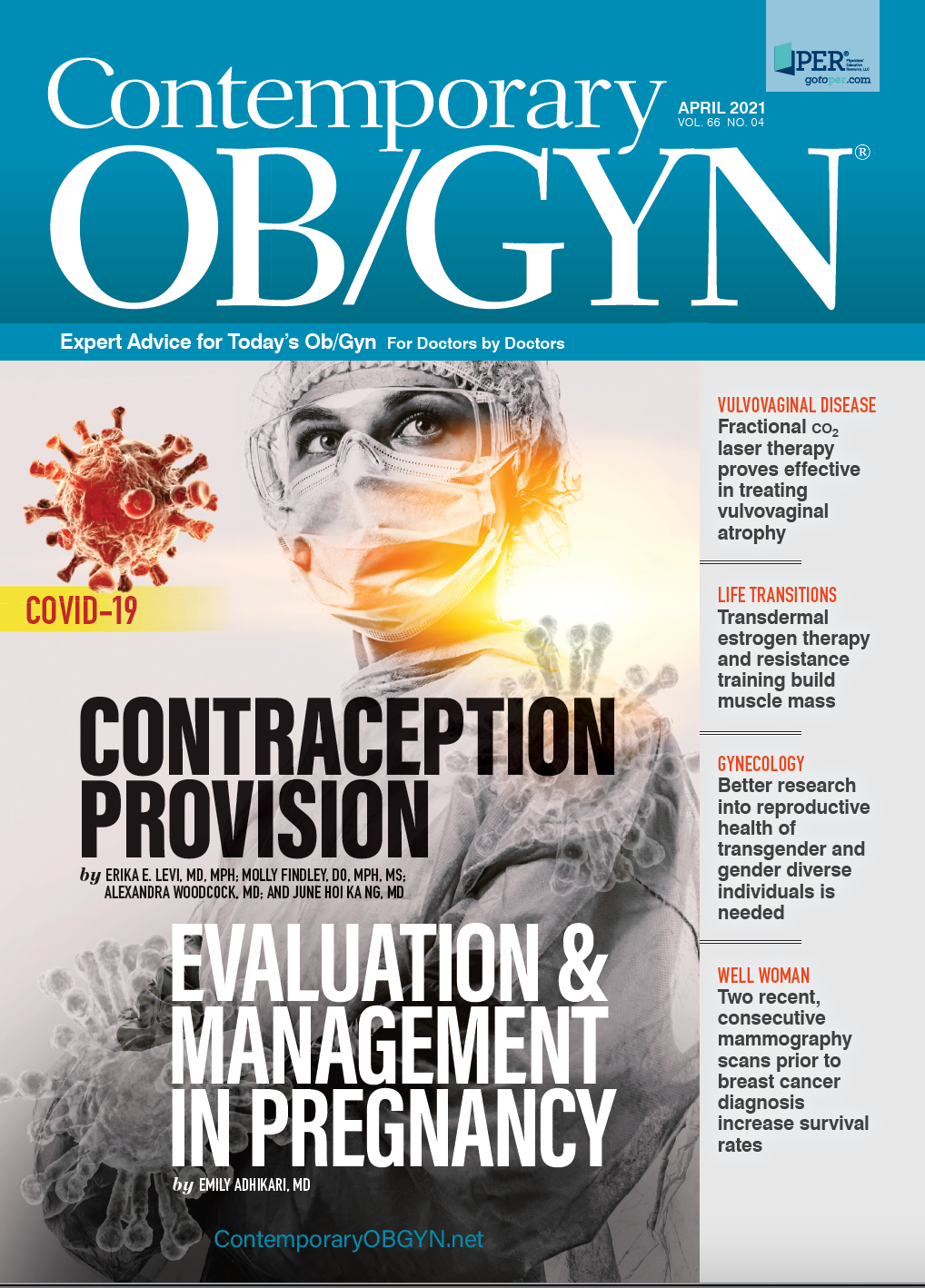Take Note: Lessons from a Doctor
A young general practitioner in New York was on the front lines of an epidemic that was as mysterious in its pathology as coronavirus disease 2019 (COVID-19). Some patients would develop only mild symptoms, but others would get the worst of it, ultimately succumbing to the disease, as medical professionals and other scientists rushed to understand how the disease was being spread.
The doctor was Alexander Anderson, and the epidemic was yellow fever, which plagued New York, New York, beginning in 1795 and returning in 1798. He would end up losing 8 of his relatives, including his parents and wife, to the disease, and ultimately he would leave the field of medicine to become an acclaimed engraver.
An astute writer researched the doctor’s diaries, which are housed at the Rare Book & Manuscript Library at Columbia University. The writer, Carolyn Eastman, penned an article about the diaries in the March issue of Smithsonian magazine, taking readers on a trip from the perspective of this young doctor whose life was forever changed by the experience.
We are fortunate to have such diaries to look back on, to see what our fellow humans experienced and what was learned. All of us know how profoundly life-changing the COVID-19 pandemic has been. We will be affected for years to come in ways we do not yet even realize. Yellow fever still exists in the world in parts of Africa and South America. Years from now, COVID-19 still will exist, and we will continue to learn so much from the writings of doctors who bothered to take note during this pandemic time. With today’s technologies, there are many ways to record your experiences, including voice memos, the notes function on an iPhone, or social media postings. There also is old-fashioned note-taking with a pen and paper. Anderson included drawings, and his voice and experience came alive for Eastman, more than 2 centuries later.
In this month’s issue, we are fortunate to have esteemed, peer-reviewed content from Emily H. Adhikari, MD, who writes about evaluating and managing COVID-19 during pregnancy, and the extra challenges and risks it brings. That article begins on page 20. On page 28, ob/gyns from the Albert Einstein College of Medicine in Bronx, New York, also provide insight from their experiences. Erika E. Levi, MD, MPH; Molly Findley, DO, MPH, MS; Alexandra Woodcock, MD; and June Hoi Ka Ng, MD, have written “Fresh Ideas, Workarounds During Pandemic Can Increase Access to Contraception.”
Separate from the pandemic-related articles, a group of dermatologists have written about skin conditions that can afflict pregnant women. The article begins on page 10 and is part of a new series called Curbside Consults. As always, we ask that you let us know your thoughts on these articles. We appreciate reader feedback, which can be sent to us at COGeditorial@mmhgroup.com. Thank you.
Mike Hennessy Sr
Chairman and Founder, MJH Life Sciences™

